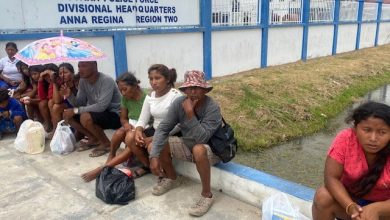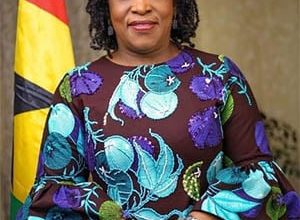Boosting Economic Welfare by Protecting Nature

Just a couple weeks after the end of the United Nations climate conference (COP27) in Sharm el-Sheikh, Egypt, diplomats assembled in Montreal, Canada at another UN conference — this one focused on biodiversity. The Convention on Biological Diversity (CBD COP15) was highly anticipated. Multiple reschedulings and delays had shifted the two-week event from its 2020 meeting in Kunming, China into two parts — an online section in October 2021, and an in-person event in Montreal following COP27. Negotiations and research continued to be carried out ahead of the formal physical meeting, whose importance grew as experts saw biodiversity protection as another tool to combat climate change while also benefiting developing economies.
The 30 by 30 Target
Heading into the CBD COP15 all eyes were on the 30 by 30 target, an ambitious goal that set out to protect 30 percent of the planet’s natural areas — both land and sea — by 2030. Co-chaired by Costa Rica and France, this 30×30 target became a rallying call for countries in the Global South who disproportionately face the impact of climate change, yet hold a vast majority of the world’s biodiversity. “Because of the inextricable connections between climate and nature, many of the actions needed to meet the 2030 action targets around biodiversity loss, will, if implemented effectively, also work towards climate change targets,” highlights Zoë Quiroz Cullen, director, Climate & Nature Linkages at Fauna & Flora International.
The ability to tackle biodiversity loss and tackle climate change was already a major selling point before adding the economic benefits, which included:
Safeguarding 500 gigatonnes of carbon stored in vegetation and soils;
Reducing the risk of zoonotic disease outbreaks like COVID-19;
Supporting 30 million jobs and US$500b of GDP in ecotourism and sustainable fisheries; Restoring depleted fishing grounds and fish populations by 600 per cent; and
Increasing food security and improving local economies.
The ambition of this target was not lost on lawmakers and activists alike, considering roughly 17 percent of all land and 8 percent of oceans are protected, the 30×30 would represent a major effort for many. In the Caribbean however, the region had enjoyed success during its own 20×20 goal, and with investments and mechanisms already in place to build on that earlier goal we are ahead of the curve in terms of biodiversity protection, nature-based solutions, and environmental economics. A consensus was reached at Montreal, and the 30×30 target was agreed to by over 190 nations. The Caribbean is now in a unique position to lead global efforts on biodiversity conservation and green growth.
Caribbean Leadership
Whether it’s the multitude of blue economy opportunities across the Caribbean, development of smart agriculture in Anguilla, sustainable fisheries in St. Lucia, bonds based on marine conservation in Belize and Bermuda, or even agritourism in the Bahamas and St. Vincent & the Grenadines – our region does not lack for innovative solutions aimed at building resilience and maximizing our local resources. The 30×30 goal will highlight the importance of the work being carried out by local entrepreneurs and decision-makers who have been working on building a climate-smart Caribbean.
By providing a blueprint for other big ocean states and climate-vulnerable communities, the Caribbean can act as a beacon for best practice. The biggest challenge however, will be on financing the changes needed to accommodate and accelerate this shift to conservation-based economic models, as the New York Times’ Catrin Einhorn explains, “An outsize amount of the world’s biodiversity lives in countries of the global south. But these nations often lack the hefty financial resources needed to restore ecosystems, to reform harmful agriculture, aquaculture, fisheries and forestry practices; and to conserve threatened species.” Here too, the Caribbean has an answer.
Barbados Prime Minister Mia Mottley has repeatedly called for changes to the global financial institutions and the mechanisms they enforce to create a fairer, more equitable financing system for countries on the front lines of climate change. Echoed by leaders within the Caribbean and around the world, her calls for action have prompted discussions to overhaul entities like the World Bank or International Monetary Fund. As proven by the landmark decisions taken at COP27 and the CBD COP15, there is an appetite for climate funding and resilience-building. Until these funding sources become more easily available, the Caribbean provides another example of effective financing through philanthropy and private sector involvement.
Protecting Nature, Protecting People
Private finance has tried and tested results in the Caribbean. Resilience-building efforts and the future-proofing of economic structures by embracing the local environment within the region have ties to public-private partnerships. The Caribbean highlights the potential that protecting nature can have on economic development, and likewise, outlines the diverse forms of funding available to changemakers willing to invest in their local communities. The 30×30 target will be a major stepping stone towards concerted global action on climate change and biodiversity protection, and it will have Caribbean innovation at its heart.





